Patently innovative
Are design restrictions limiting the spread and development of suspended mountain bikes? James Huang...
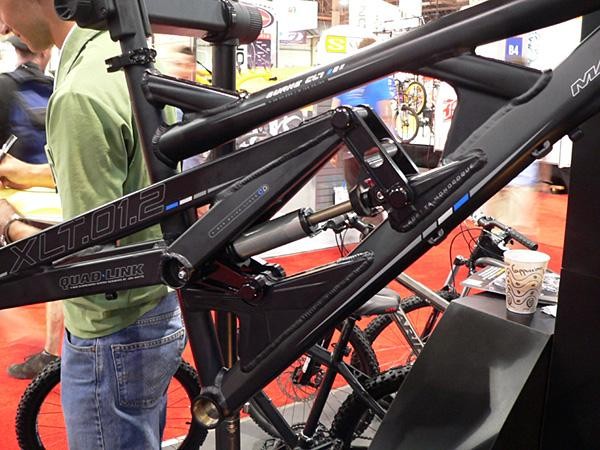
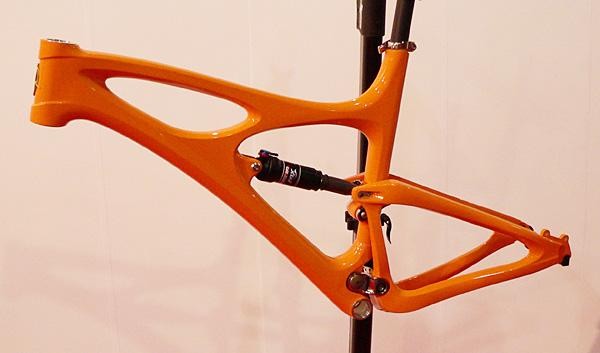
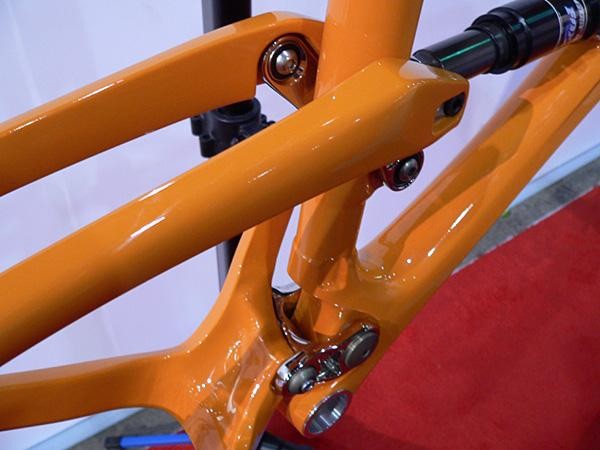
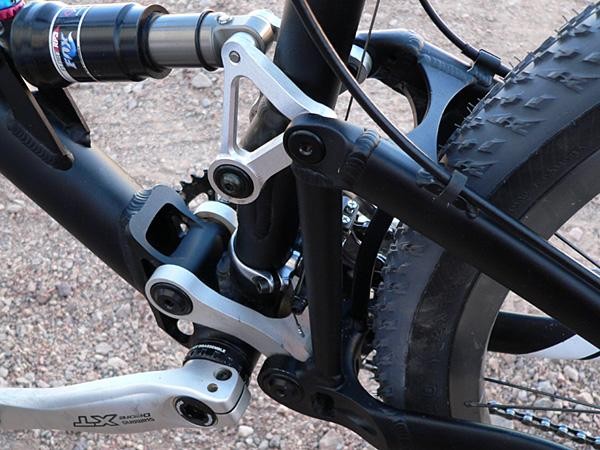
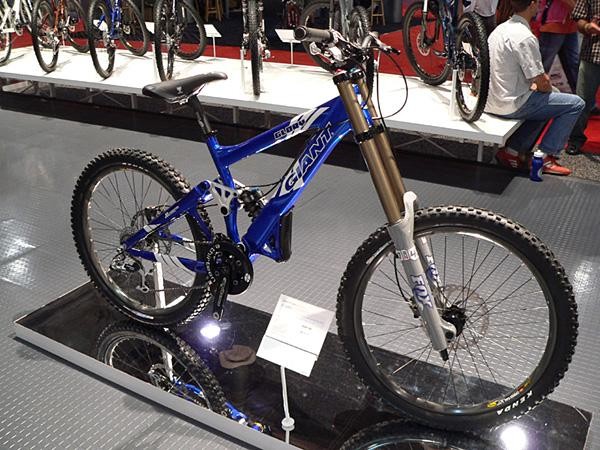
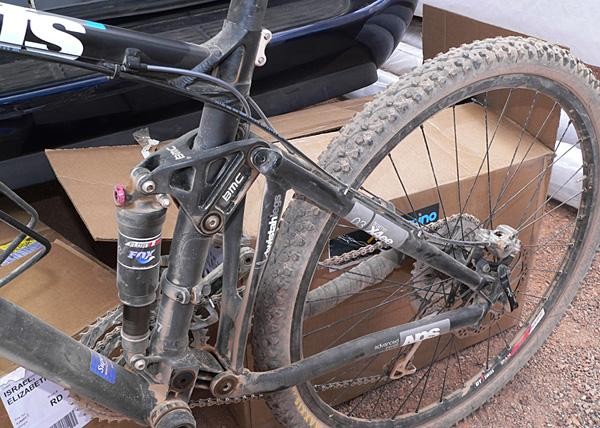
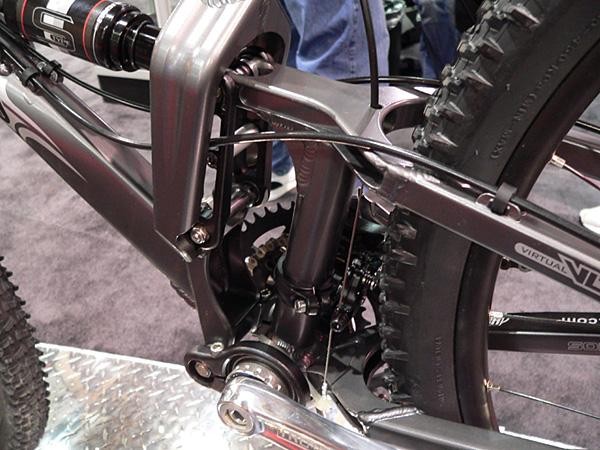
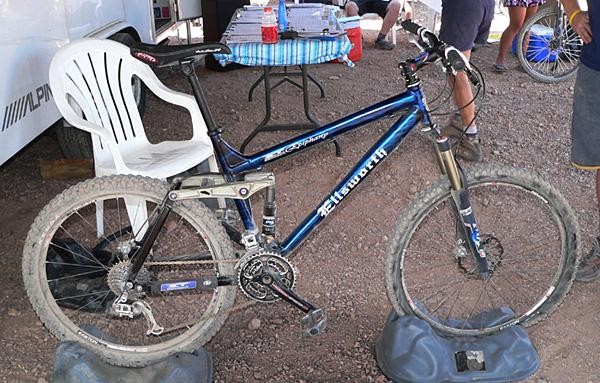
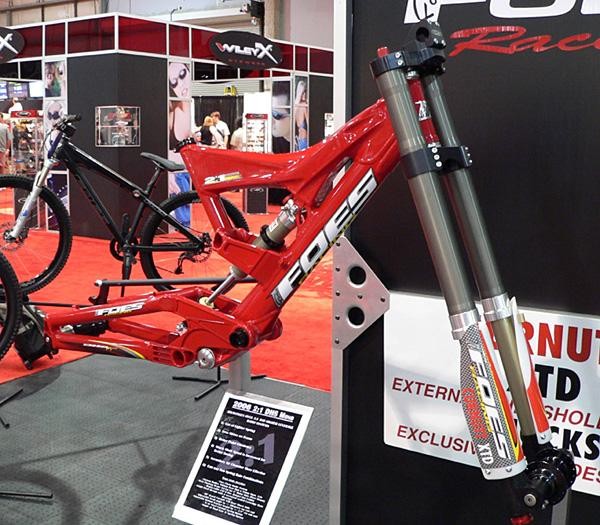
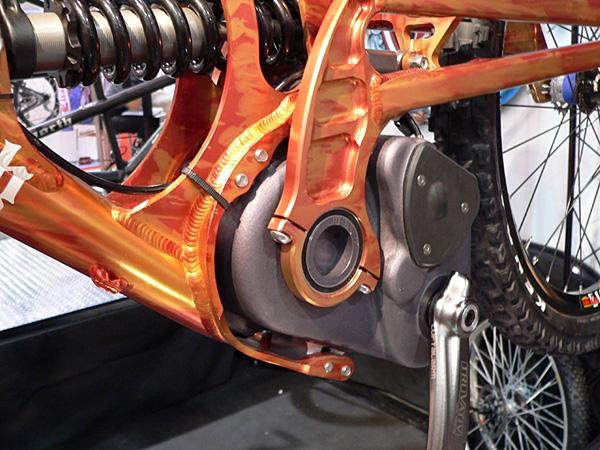
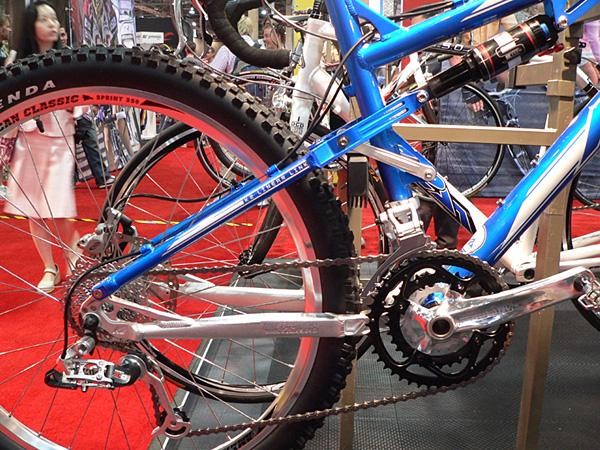
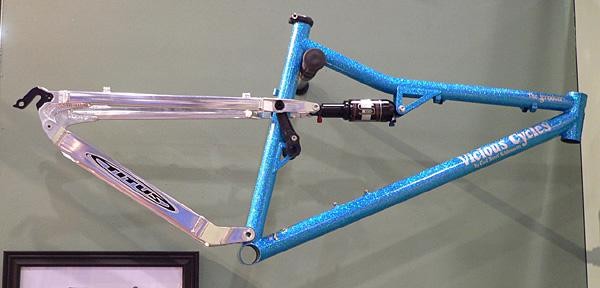
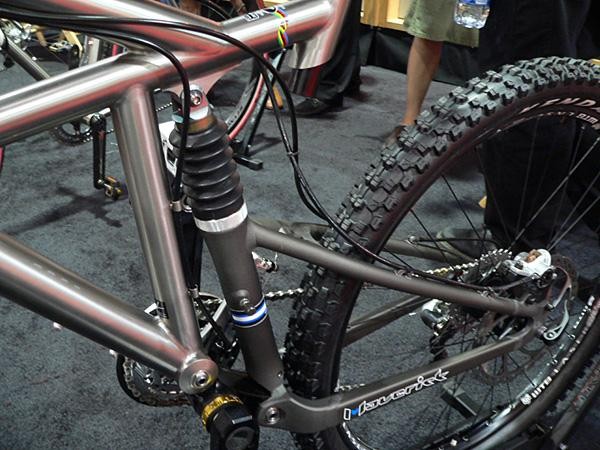
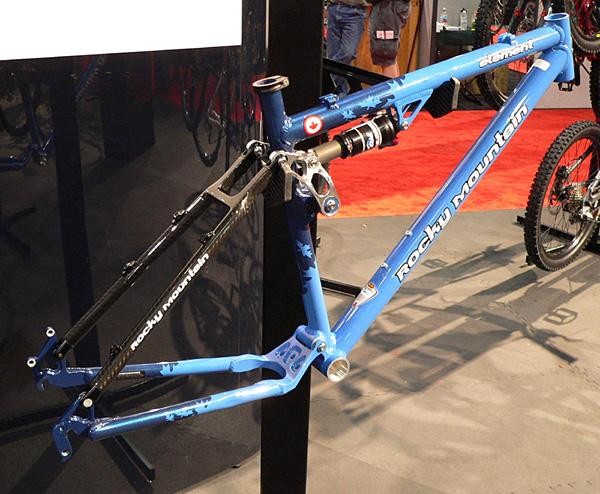
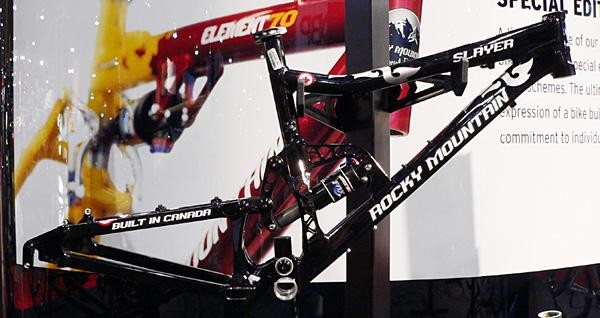
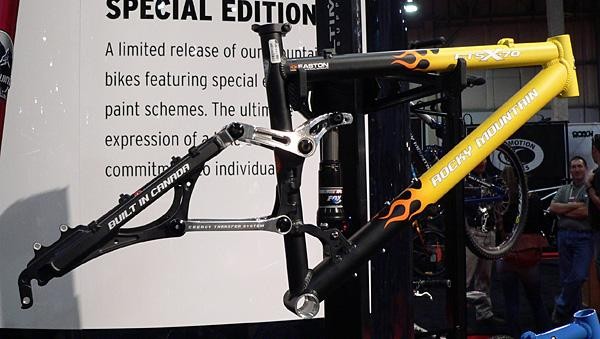
Tech feature, November 16, 2005
Are design restrictions limiting the spread and development of suspended mountain bikes? James Huang looks at the major players, their designs and the way new entrants are innovating their way round existing patents.
Hardtails may not be dead, but I sure wouldn't consider the category to be terribly healthy as full suspension definitely ruled the mountain bike scene at this year's Interbike. True, hardtails are still lighter, simpler, and often just faster in certain situations, but for most of us, full-suspension is the way to go as it offers drastically improved control and traction, more comfort, and the ability to simply do things that just weren't possible before (or you didn't have to skills to do…). Much as front suspension revolutionized the sport back in the early 90s, rear suspension technology is changing the face of the mountain bike industry and there's clearly no turning back from here. In response to consumer demand, bike manufacturers have had to drastically revamp their off-road lineups to reflect this change in the marketplace.
The big players
Currently, rear suspension is dominated by just a handful of major designs, each of which has proven itself to work well in a variety of applications. These include the simple single-pivot as used by Cannondale and Foes; the related "faux bar" designs (as they do not incorporate a pivot in front of the rear axle and, hence, behave like single-pivot designs) such as from Kona; true four-bar linkages such as Specialized's FSR and Ellsworth's ICT; complex Virtual Pivot Point (VPP) systems as used on Santa Cruz's Blur and Intense's Spider XVP; and a few other less-common designs such as Maverick's Monolink system. All of these suspension geometries, save for most of the single-pivot and faux bar designs, are thoroughly patented, and the patent holders fiercely defend them. And rightly so as lots of money goes into the development of each of these systems and they're no reason whatsoever to give away that intellectual property for free.
If you're a bike manufacturer that wants to offer a full-suspension mountain bike, though, what are you to do? In short, there are two options: either devote the time and money to develop something completely new (or new enough, more accurately, and then patent it yourself, of course) or save some time and effort and license an existing design that you know to work well. Each route has its merits, but each is not without its pitfalls as well.
Going at it on your own
Get The Leadout Newsletter
The latest race content, interviews, features, reviews and expert buying guides, direct to your inbox!
Designing something completely novel allows a manufacturer to tout their bikes as such, and words such as "completely new" and "revolutionary" carry a lot of weight in this industry. From a designer's point of view, there is a definitely sense of satisfaction that comes along with developing something on your own without having to borrow someone else's design. More importantly, some designers simply feel that they can do better than what's already on the market.
However, getting a rear wheel to move up and down while still retaining good pedaling and braking performance isn't the easiest thing to do. According to Dave Weagle, of DW-Link and E-13 Components fame, designing a bicycle rear suspension is the "most challenging thing I've ever done in my life, from an engineering perspective, trying to balance out everything from structural concerns, to making a bicycle perform a certain manner under acceleration, under braking, have a certain feel and pedal feedback, and they're pretty much all intertwined but can be separated."
Weagle is certainly not alone in his opinion, either. Jon Whyte has been a bicycle suspension designer for years and was a suspension designer for Formula 1 cars before then. In his view, developing Formula 1 suspension was relatively easy in comparison: "with an F1 car, you have 850 hp, and if something is a little inefficient, it's not the end of the world. With a bicycle, you have 1/3 hp to play with so can't afford to waste anything. In F1, if you're 5kg over weight, you carry 5kg less ballast. In a bicycle, if you're 0.5kg over weight, everyone knows about it."
In addition, there is the patent issue. According to Whyte, "it's a minefield. The Horst and VPP patents are arguably the most difficult to get around, and a lot of people are being forced down the single pivot route, which also might be a faux bar where they don't have a Horst link." Describing the situation as "a minefield" might even be putting it lightly. Violating a patent not only has legal ramifications, but it also completely obviates the time and cost that went into developing the offending design. When you factor in the cost of labor, tooling, marketing, and possibly useless inventory and punitive damages, this isn't something that should be viewed lightly. For example, Scott is unable to sell their highly touted carbon fiber Genius full-suspension bikes in the US due to a patent dispute with Specialized, who holds the Horst link patent. Considering that these bikes are highly regarded elsewhere and that the US is an enormous market for mountain bikes, this is surely a big blow to Scott.
[Editor's note - Scott Montgomery of ScottUSA contacted us to point out that the company has "had great success in mountain bike sales with the carbon Scale and Ransom. So while we certainly have missed some sales due to the patent dispute with Specialized, it has not hindered or slowed our growth. Dealers have quickly accepted our line and even without the Genius design, in fact mountain bikes still represent 50 percentof our overall unit sales. The Genius is currently being sold in Canada as the Horst patent was never issued outside the USA."]
Although a daunting task, designing a completely new rear suspension is clearly not impossible as both Weagle and Whyte have both developed their own systems. Weagle's DW-Link system has found its way on to bikes from Iron Horse, Independent Fabrications, and Ibis and has drawn critical acclaim as well as success in the marketplace. Similarly, Whyte has developed his Quad-Link suspension system which is used on bikes from Marin as well as on Whyte's own self-entitled line of bikes. In addition, Giant has also released their new Maestro design in recent years and Haro just unveiled their new Virtual Link system this year, courtesy of their designer, Neal Sekai. In many respects, a lot of these designs look pretty similar but patents are a funny thing. To avoid violating one, a new design doesn't have to be completely different to the point of being groundbreaking; it just has to be different enough. Regardless, bear in mind that all of these designers are accomplished engineers in their own right and readily acknowledge the difficulties encountered in the process. Rear suspension design has evolved well past the "garage mechanic" stage so if you want to give it a go, better bring a big brain and a big computer.
I'll take a Number 2 with cheese, hold the mayo
Conversely, other manufacturers have decided that licensing an existing design is a more desirable route. Logically speaking, there is a lot of weight behind that argument. If there is a design out there that you know to work well, why bother to reinvent the wheel when you can just pay a fee and save yourself the hassle? Given the difficulties associated with going at it on your own, it's no surprise that a large number of companies have done exactly that.
Using someone else's suspension system might not have quite the same cache, but it does free up an awful lot of time and money for other things. One of the most notable examples of this is the newly resurrected Ibis, whose Carbon Mojo full-suspension frame uses a 5.5" travel version of Weagle's DW-Link system. For Scot Nicol, Ibis's "Founder Emeritus, bfd", enlisting the services of an outside suspension designer is nothing new as the old Szazbo and Ripley frames were penned by noted designer John Castellano. Given the potential associated with modern materials and fabricating techniques, Nicol says that Ibis wanted to "concentrate on the manufacturing of the frame rather than developing the suspension technology." With the new Mojo, the goal from the start was to "really focus on design, the actual look of the bike." Ibis even went so far as to hire Roxy Lo, an industrial designer with a day job at Pottery Barn, to design the Mojo's shape. Lo was intentionally chosen as someone with no preconceived notions of how a bike should look and was supplied with the hard mounting points but was free to connect the dots however she wanted to. The result is, arguably, one of the prettiest full-suspension frames to date that should also work really well. Even better, Ibis is able to offer the full carbon fiber Carbon Mojo for a surprisingly reasonable retail price.
Some manufacturers have chosen to even go one step further. Rather than license a design, some makers choose to simply buy a complete rear end and bolt it on. Vicious Cycles, an accomplished frame manufacturer in its own right, purchases an entire rear end from Titus and well-established Moots uses a Ventana 5" rear end on their Cinco. Even Seven now purchases a complete rear end from Maverick on their new long travel Duo 6.5. While this may seem like a bit of a cop-out at first glance, the idea gains a lot more support once you remind yourself of the difficulties involved even with using someone else's design and fabricating it yourself. Moreover, many of these manufacturers have long-established working and/or personal relationships so combining forces in this respect is often a natural progression.
Lucky you
The current marketplace has evolved to the point where poor designs simply aren't tolerated. For sure, consumers are reaping the lion's share of the rewards as rear suspension design has never been better. Just about everything on the market, whether it be a wholly new design or something well-established (and possibly just licensed from someone else), is at least pretty decent at the lower end or absolutely exceptional at the other. If you're in the market for a new mountain bike, now is certainly a good time. Get shopping.